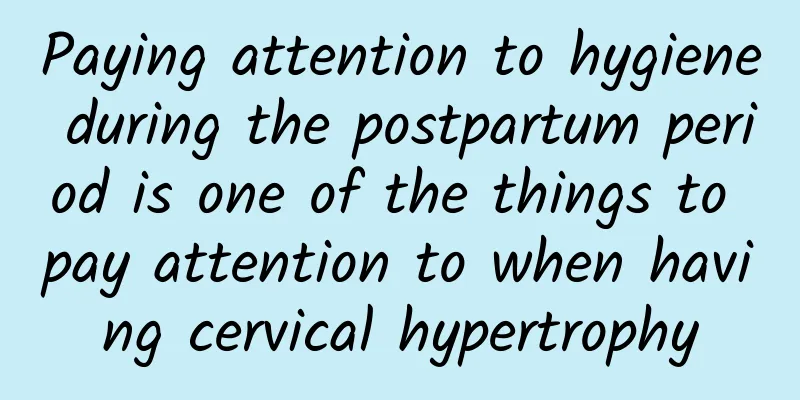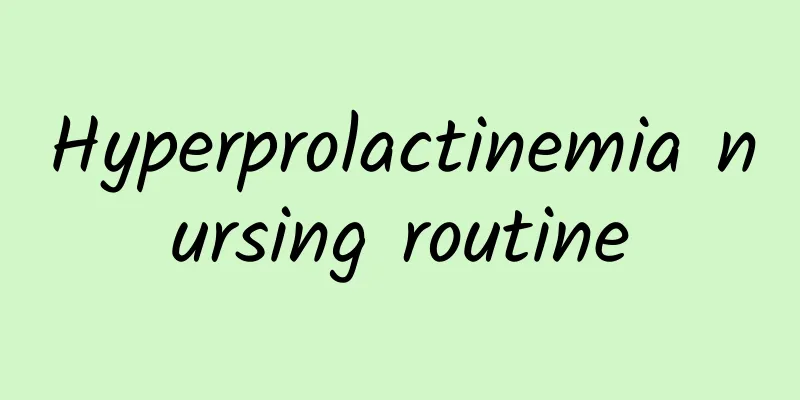Treatment of adnexitis with anal drip and external powder

|
Patients with adnexitis may feel pain in the lower abdomen, which worsens during menstruation and after labor. They may also experience irregular menstruation and increased vaginal discharge. Whenever they catch a cold or their body's resistance is reduced, the symptoms of chronic adnexitis will acutely flare up. In addition to anti-inflammatory treatment, oral Chinese medicine treatment, and surgical treatment, patients with adnexitis can also choose anal drip treatment and external powder treatment. Anal drip method Drug composition: red peony root, red vine, Patrinia chinensis, Taraxacum mongolicum, Salvia miltiorrhiza, and Prunella vulgaris. Treatment method: decoct the above Chinese medicine to 100 ml, and drip into the anus, 1 to 2 times a day, 15 times as a course of treatment. Applicable to: patients with damp-heat or stasis-heat syndrome. Add or subtract: If a lump is formed, add Trillium and Curcuma to resolve blood stasis and eliminate accumulation; if there is a sign of qi deficiency, add Astragalus to replenish qi and strengthen the spleen; if there is cold pain in the lower abdomen, remove Patrinia and Taraxacum from the original formula, and add Asarum and Cinnamon Twig to warm the meridians and dispel cold. External powder method Ingredients: Eucommia ulmoides, Cnidium monnieri, Gallnut, Euryale ferox, Silkworm cocoon, Angelica dahurica. Treatment method: Mix the above Chinese medicines with vinegar into a paste, apply it to the navel, and then fix it with adhesive tape. Do this once a day for 3 consecutive days, and then continue treatment after 1 day. Explanation of the prescription: The Eucommia ulmoides in the prescription nourishes the liver and kidneys, and strengthens the tendons and bones; the Cnidium monnieri warms the kidney and strengthens yang, dries dampness, dispels wind, and kills insects; the Gallnut has the effects of astringing and stopping bleeding, absorbing dampness and healing sores, and treating swelling and toxins; the Euryale ferox, Morus alba and other herbs nourish the kidney and consolidate the essence, and stop turbidity; the Angelica dahurica has the effects of dispelling wind and cold, opening the orifices and relieving pain, reducing swelling and discharging pus, and drying dampness and stopping leukorrhea. |
<<: 2 soups suitable for patients with ovarian cysts
>>: Is it better to relieve dysmenorrhea or diet therapy?
Recommend
The reason why women eventually develop ectopic pregnancy
The occurrence of ectopic pregnancy is very harmf...
How to treat subserosal uterine fibroids How to use medication for subserosal uterine fibroids
Although uterine fibroids are a benign fibroid, g...
Can women with cervical erosion during pregnancy give birth naturally? Women with cervical erosion during pregnancy should pay attention to these
Many pregnant women are still at risk of cervical...
Experts explain what to prepare for before abortion
Everyone knows that the best way to terminate an ...
What are the disadvantages of not having surgery for uterine fibroids? What will happen if you don't have surgery for uterine fibroids?
Uterine fibroids are common benign tumors in wome...
Eating mushrooms is a great way to help you lose weight~ Freeze them before cooking to get more nutrition and better taste?
Eating more low-calorie mushrooms in your daily d...
What is the reason for dull pain in uterine fibroids? What should I do if I have dull pain in uterine fibroids?
Uterine fibroids are common benign tumors in wome...
What is painless abortion?
Painless abortion is a procedure performed under ...
How much does it cost to treat congenital absence of vagina?
With the increasing incidence of congenital absen...
What can't I eat if I have uterine fibroids? Can patients with uterine fibroids take birth control pills?
What can't you eat for uterine fibroids? We m...
Are uterine fibroids serious? What effects will uterine fibroids have on the body?
Uterine fibroids originate from the myometrium. B...
Is it dangerous to have an ectopic pregnancy?
Ectopic pregnancy is also called ectopic pregnanc...
Diet therapy for dysmenorrhea
Dysmenorrhea is very serious for women. Some wome...
Can I keep the baby if I get pregnant with endometrial tuberculosis?
Since acute endometrial tuberculosis often occurs...
What to do if women have chronic cervicitis after menopause? 4 common treatments for chronic cervicitis in women are recommended
Chronic cervicitis is difficult to treat. If not ...









